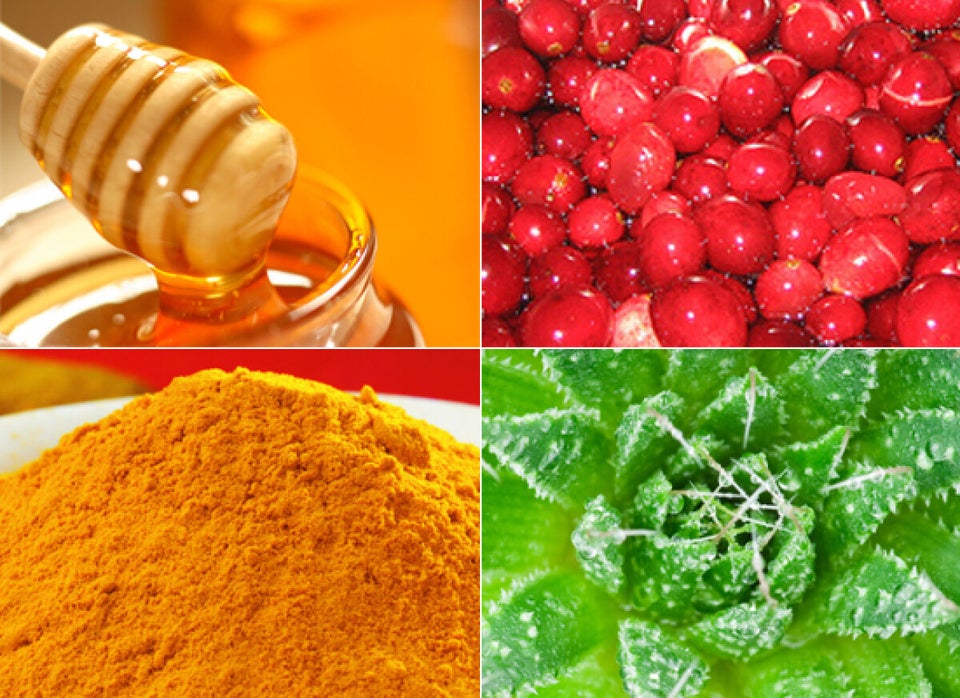
Last week, much ado was made about a fascinating story coming out of the United Kingdom. A thousand year old remedy for a common eye problem -- styes -- was tested in the lab against the pathogen, Methicillin Resistant Staphylococcus aureus (MRSA). The concoction was not only effective at killing the bacterium but also outperformed a common antibiotic, vancomycin.
The treatment came from Bald's Leechbook, which was written sometime in the 9th Century. The text is essentially a medical textbook in which certain doctors -- back then termed leeches -- outlined the recipes for their specialized treatments. In the case of an eye stye, the following recipe was recommended:
"Work and eye salve for a wen, take cropleek and garlic, of both equal quantities, pound them well together, take wine and bullocks gall, of both equal quantities, mix with a leek, put this then into a brazen vessel, let it stand nine days in the brass vessel, wring out through a cloth and clear it well, put it into a horn, and about night time apply with a feather to the eye; the best leechdom."
The actual concoction sounds rather unappetizing and one might believe the smell would be nauseating. But according to Bald, the treatment worked. When tested by a microbiologist with a love for the days of yore, it most certainly did. But this isn't a case of Dark Ages magic. By taking a look at the individual components, the reason for the MRSA-killing activity can become quite easy to appreciate.
The first ingredients are garlic and cropleek, which would be a form of onion. Both garlic and the onion families contain a specific molecule, allicin, which is a known antimicrobial as well as other compounds known to kill MRSA. The addition of wine provides alcohol, which can increase the concentration of this chemical in the solution and itself can kill bacteria at higher concentrations. Bullocks gall relates to the gallbladder of oxen and/or bulls. Though the organ itself isn't useful, the contents, bile salts and acids, have the ability to kill bacteria and would help the allicin in the fight against pathogens.
While these may appear to be useful, the need for a brass vessel and nine days of maturation may appear to be based in alchemy rather than chemistry. But this step is actually a way to increase the concentration of another well-known antimicrobial agent, copper. This element is a major component of brass (along with zinc) and leaches out over time in the presence of bile. The nine days presumably was the right amount of time to increase the copper concentration to a level capable of killing the bacteria. Taken all together, the overall mixture, disgusting as it may seem, may be an effective treatment for bacterial infection.
The effort of going back to the days of yore in search of treatments may appear to be limited to those whose hobbies involve looking back in time to gain present-day pleasure. But this retrospective look at medieval medicine may be a necessity in today's world. Although medical advancement continues on a daily basis, when it comes to fighting bacterial infectious disease, we have stalled. The main reason is the crisis of antibiotic resistance.
For decades, medicine has trusted on these weapons of microbial destruction to eliminate the threats of infection. Yet we are in a situation where bacteria are gaining tolerance to these drugs; some have even become resistant to all antibiotics. As a result, we face a future without these valuable medications and a return to a form of Dark Ages in which infections could once again become the leading cause of death.
Although we continue to use lifestyle and practice changes to slow down antibiotic use and also become more prudent in prescriptions, a search for antibiotic alternatives is a worthwhile task. Some are looking in nature in the hopes of finding new candidates. Others are working in the lab to synthesize future options. It only makes sense to look backwards and see what might have worked when antibiotics were not around.
A search through the leechbooks may indeed find several possible options for future treatments. But don't expect a sudden rise in demand for gallbladders and brass vessels. Thanks to modern day chemistry, we don't need these implements of old to get these chemicals. Instead, we can simply order them. This is the next step for not only this MRSA-killing concoction but also others which may be found: updating the recipes.
We can now identify the individual chemical components in each recipe and test them for activity. By compiling the information, we can then derive similar modern treatments using the ancient recipes as a base. These can then be tested in the lab and possibly even the clinical setting. If all goes well, the new, revamped treatment may even end up on drugstore shelves. The best part of all, we'd get all the benefits and thankfully, none of that putrid, stomach churning smell.
MORE ON HUFFPOST:
